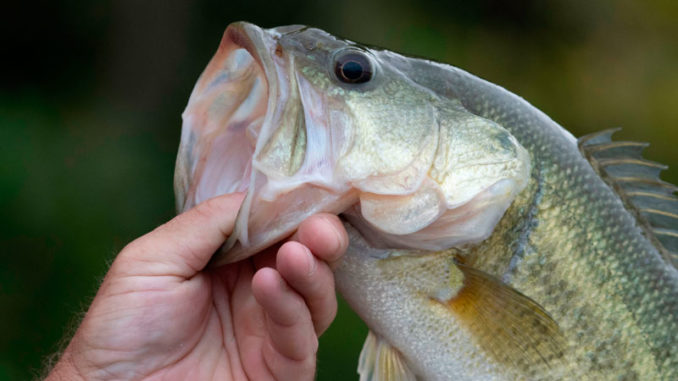
Four ‘wild’ colors will do the trick when bass head shallow, thinking about the spawn
I’m kind of going to open a can of worms while sharing an old, proven tactic that catches bass in February at Toledo Bend.
Actually, trick worms in four wild colors could put more bass in the boat. They’re a game-changer at a time when the back ends of creeks get a little cloudier and bass are moving up out of creek channels and ditches.
Most importantly, it’s prespawn, and fish are looking for a few meals before the spawn gets hot and heavy. A Texas- or Neko-rigged weightless trick worm in merthiolate, bubble gum, white and sherbet can’t be beat.
Some of today’s bass anglers don’t know this tactic, and some old-school guys may have forgotten about it. Plenty of others, however, like myself, remember and still tap the bass with them.
I’ll fish a trick worm most of the time with an 18-inch leader tied to 12- to 15-pound fluorocarbon or 20-pound braid. And I have a specific spinning rod that I always use, and most of the time, I’m not disappointed. It’s a lot of fun, too. When they smack it, they choke it. They eat it.
That tactic should be effective this month. However, Toledo Bend needs some more water, based on past experiences. Higher water means there’s more cover to fish, particularly bushes and such that get flooded. If it’s even a normal late winter-early spring, that rise will happen.
The tactics we used to catch fish in late December and early January — jigging spoons, drop-shots and Carolina-rigged soft plastics in 20-foot depths — will fade for the most part during the prespawn and spawn when the water temperature gets consistently into the high 50s and low 60s.
Higher water, higher water temperatures and discolored water are a good combination, as many bass leave deep water via creek channels and drains and move shallower during February. The transition calls for horizontal baits to cover as much water as possible. It’s time to put the trolling motor down and go to catch numbers and quality. Chunk and wind.
Aside from the trick worm, my top five baits, starting with my favorite, are: suspending jerkbaits, such as gold/orange Rogues; crawfish-colored Rat-L-Traps, including Rayburn red; golden bream bladed jigs, such as Delta Lures Thunder Jigs; red-hued square-bill crank baits, and Neko-rigged soft plastics. Those are the five baits I will have tied on. That’s the drill.
Sure, it’s winter — as we know it down here. But get three or four days of warm weather, and don’t be surprised in the afternoons to find a real sow on or near a bed, particularly the last week or two of February. For sure, bass activity increases, and we should start seeing males and females on or cruising the shoreline.
Target the edges of flats and near creek channels and drains. Bass will stay close until the biological switch turns to spawn.
Keep a crappie-fishing rig handy this month while bass fishing. They share the same water as bass. After some slab slobberknocks a spinnerbait or something similar and you come up empty-handed, put a Blakemore Roadrunner on it and have some fun.


